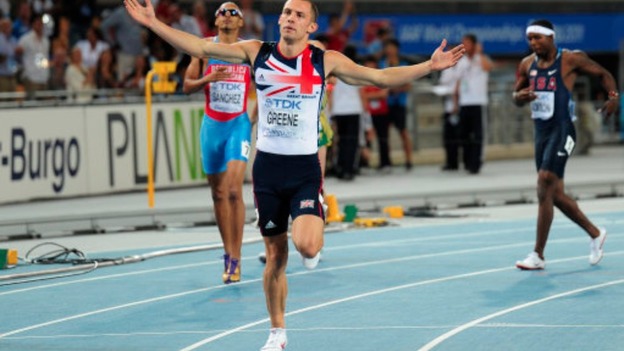Sports Hernias Hit Commonwealth Athletes
By Jackie Edwards
As the 2018 Commonwealth Games came to an end last month, the successes and medal achievements will be celebrated long after the games. However, like many sporting events, there have been significant injuries during the games, and even before the games some athletes with ongoing injuries were prevented from taking part. One of the injuries that has struck the athletes is the sports hernia, which can affect both men and women. Although hydration and diet can affect running performance, the good news is that there are ways to treat sports hernias and surgery should be the last resort.
Famous athletes experiencing hernias
As the winners of the Commonwealth Games with one hundred and ninety-eight medals in total, Australia’s passion and success at sport cannot be questioned, but the injuries before and throughout the games were persistent across countries. Evan O’Hanlon, the five time Australian Paralympic champion, took gold in the men’s T38 100m and after the games is due to have surgery for a hernia. A sports hernia is an injury to the soft tissues and deep muscles of the groin and inner abdominal wall. Unlike other types of hernia, a sports hernia does not create a visible lump or bulge and even with rest it may not heal. Sports hernias are more common in men, with up to 97% of referrals from men.
Dai Greene, the Welsh 400m hurdle runner, has had a sports hernia since 2013 when he had surgery. Although surgery for sports hernias has a high success rate, Greene was plagued with further complications and after another three bouts of surgery and sheer determination, he qualified for the 2018 games, but was forced to withdraw at the last minute due to a hamstring injury. British Olympic gold medallist Greg Rutherford, also recovered from hernia surgery, allowing him to participate in the games. New Zealand’s only two time Olympic medallist in the 1,500m, Nick Willis, recovered from hernia surgery in 2016, but like Greene experienced a different injury and was forced to withdraw from the games.
Avoiding a sports hernia
Unfortunately even the most thorough training programmes do not prevent sports hernias from occurring and with over four million runners in Australia, it is the nation’s second most popular fitness activity. Soreness is one thing, but if it turns to pain then it’s advisable to stop running, rest and seek medical advice. Whether it’s a quick jog or a long-distance run, it’s important to fully stretch and warm up as cold muscles are more likely to injure. Surgery is the last resort and before undergoing surgery for a sports hernia, there are some traditional methods to employ. Rest and ice and compression are essential for at least ten days and then physical therapy can be introduced. Anti-inflammatory medication can also be used to reduce swelling and pain.
As recently demonstrated at the Commonwealth Games, sports hernias can, and do, occur regardless of the sport practised. Although sports hernias are more common in males, women can still get them and it’s important to follow a thorough warm up and stretching routine before running to reduce the risk of injury. Whatever the fitness preference and routine, like some of the mentioned top athletes, it is possible to recover from hernia surgery.

















